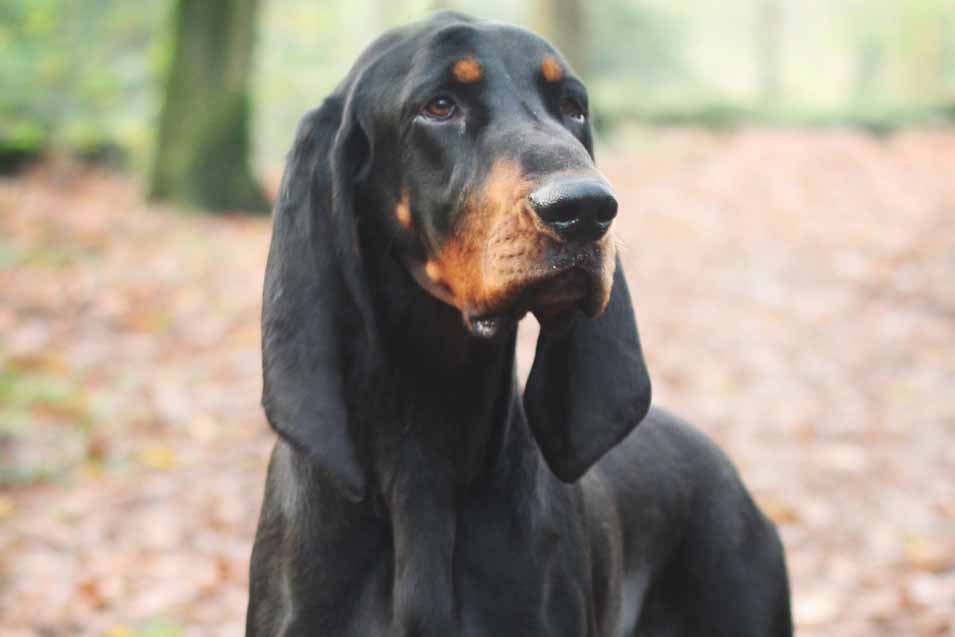MCT is one of the most common types of skin tumors in dogs. It can affect various other areas of the body from the liver and spleen to the gastrointestinal tract and bone marrow. There are some breeds that are said to be predisposed to this condition, especially brachycephalic ones such as Boxers, Boston Terriers, Bulldogs, as well as Pugs. Retriever breeds are also more likely to develop this type of cancer compared to others, but all dogs are at a risk of developing it.
Symptoms
First of all, we need to get something out of the way. Mast cells exist throughout many tissues of the body and are basically a type of white blood cells. They are allergy cells and play an important part in the allergic response. When they are exposed to allergens, mast cells release various compounds and chemicals, and one of these is histamine. If this substance is released in excess, it can cause a variety of symptoms.
A mast cell tumor is, in a nutshell, a group of mast cells organized as masses in the skin or nodules present in other areas of the body – such as the tissues that we noted in the introduction.
When it comes to the clinical signs shown by a dog with a mast cell tumor, you could notice a raised lump or bump under the skin, which could be swollen, red, or ulcerated. Some tumors can grow fast whereas others take entire months to develop, which is why they can often go unnoticed. There are tumors that fluctuate in size and can get either smaller or larger.
The other form of this type of cancer can affect internal organs, and as such, ulcers can grow in the intestines or in the stomach and could cause loss of appetite, vomiting, lethargy, or melena (blood in the stool). Sometimes, the carcinogenic mast cells release so many compounds and chemicals that they can trigger an anaphylactic response and in such cases, the pet’s life can be in danger.
Even though it happens more rarely, MCTs that have affected the skin can spread to internal organs, which means that the lymph nodes in these organs can become enlarged and put pressure on the surrounding organs. In some situations, a fluid build-up inside the abdominal cavity is also present.
Initial Evaluation and Diagnosis
Obtaining a needle aspirate or biopsy of the mass is paramount, and it is usually followed by extra diagnostics so as to determine the extent of the tumor and whether it has spread to other areas of the body. Therefore, abdominal ultrasound and even bone marrow aspiration could be indicated.
Naturally, bloodwork, accompanied by urine sampling, is usually performed at the first visit and they are capable of providing essential information with regard to a patient’s overall health as well as his/her ability to handle the mast cell tumor dog treatment.
Prognosis
The prognosis can differ from one dog to the next, and so can from one tumor to another.
The needle aspirate or biopsy provides information regarding the grade of the tumor, the completeness of the surgical margins, and the stage. While low to intermediate-grade masses have a low incidence of spreading to other organs and as such, the patients receive a good prognosis, high-grade tumors are aggressive, and therefore, they have a higher incidence of metastasis.
What about the mast cell tumor dog prognosis without surgery? If your dog can’t go through surgery or the tumor is located at a site where surgical excision is impossible or too difficult, you could opt for radiation therapy, and in most cases, it offers excellent results so long as the tumor can be treated in this way.
If metastatic or disseminated MCTs have developed, the veterinarian will administer medication (chemotherapy) with a response probability of about 50%. Most dogs that have metastatic MCT and are treated with chemotherapy survive for at least 18 months after the treatment was initiated, so that should give you some info about mast cell tumor dog life expectancy.
Treatment
As is the case with most other types of cancer, MCT can be treated with surgery, chemotherapy, or radiation therapy. Some vets will use combination therapy (for instance, your dog might receive chemotherapy before or after the surgery is performed). Radiation therapy is usually employed in cases where the tumor is surgically unreachable, or the age or dog’s health condition would make it impossible for him or her to put up with anesthesia.
Surgery is by far the best alternative in lower-grade tumors that show no evidence of spread. It also provides great long-term control, and in some situations, chemotherapy might not even be necessary. High-grade tumors call for combination therapy.
It’s important to note here that pet parents should try to avoid palpating the mast cell tumor too thoroughly or roughly as the degranulation can be easily triggered with pressure. Try to prevent your dog from chewing, scratching, or licking the tumor as these can also cause degranulation.
Final Thoughts
Mast cell tumors are more or less common and can be seen more often in breeds such as Boston Terrier, Boxer, Bull Mastiff, and English Bulldog. They constitute approximately 25% of all of the skin and subcutaneous tumors that affect dogs. They are diagnosed more frequently in canines that are older than 8 years of age, but there is no predilection regarding the gender.
Mast cell tumors can be solitary and multifocal. Some can spread to internal organs (especially the spleen and the liver). Most dogs that go through surgery and that have a low-grade form of the cancer fully recover.






